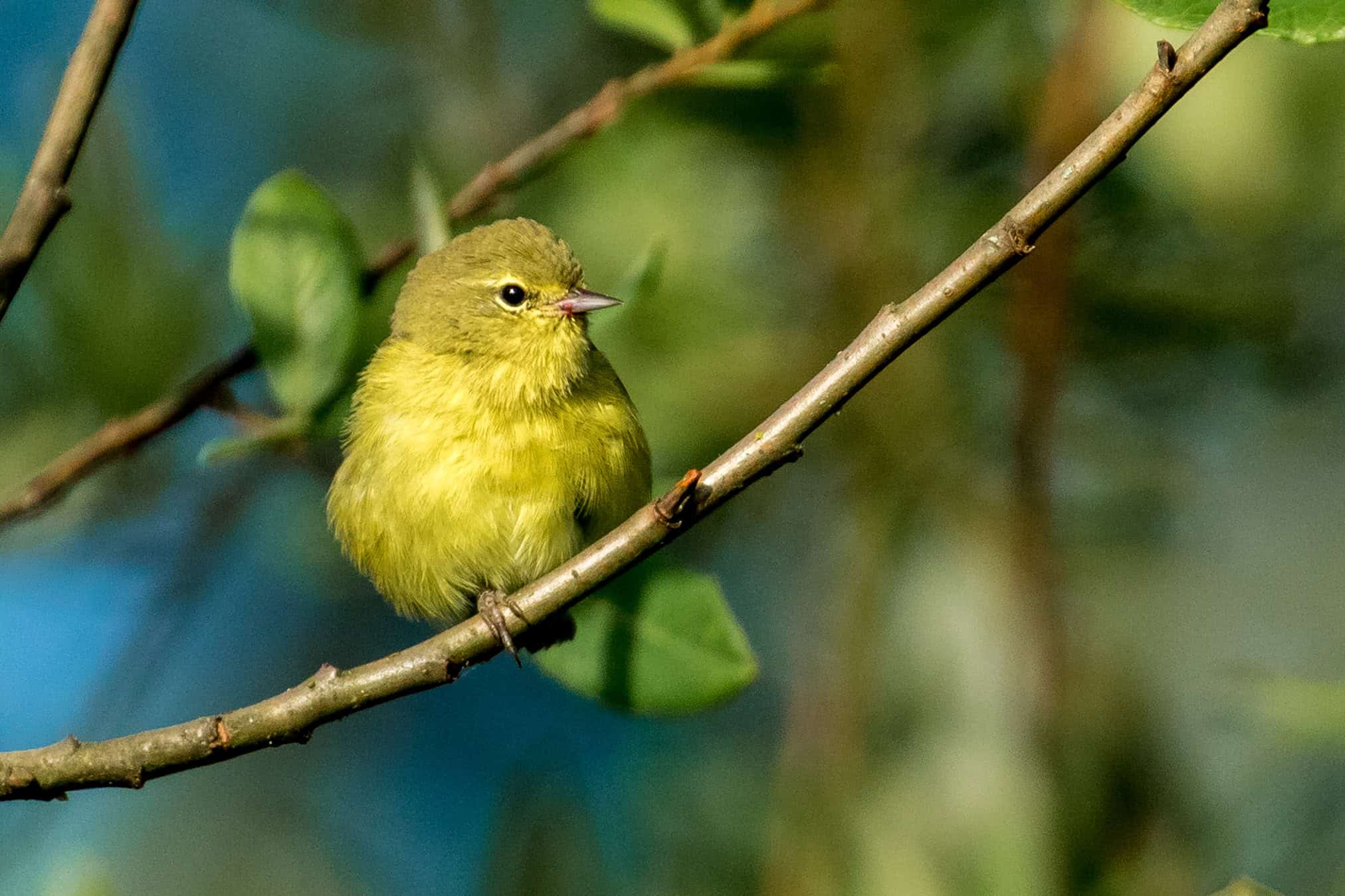Share this article
New live cam technology might help conservation
A few months ago, close to 2 million people watched a live stream of two bald eaglets emerge from their shells at the U.S. National Arboretum in Washington D.C. Late last year, the public was also able to watch the early months of a giant panda on a webcam set up at the Washington National Zoo, before the roughly 18-pound bear cub made its public debut in January.
In the past few years, however, live streaming webcams of wildlife have expanded from broadcasting only from zoos and aquariums to giving viewers a look at wildlife species in their natural habitat in national parks.
In an ongoing study, Jeffrey Skibins and Ryan Sharp, assistant professors of park management and conservation at Kansas State University, are looking at how these live videos of wildlife affect people’s perception of wildlife as well as their ideas about conservation compared with people who actually visit the parks.
“It’s an emerging technology,” Skibins said. “In general, there’s not a lot of information about the impacts of these webcams and internet-based technology that allows people to encounter real wildlife in a virtual way. Our question is: What does it mean for conservation? Is there a conservation impact of seeing them virtually instead of traveling to see them?”
Skibins and Sharp just finished their first round of data collection and are planning to collect more data this fall from the two groups of wildlife enthusiasts. As part of their study, they’re providing surveys to people after they view live cams of brown bears (Ursus arctos) in Alaska’s Katmai National Park on explore.org, a website that offers viewers live footage of diverse species from African river wildlife to pandas in China. So far, they’ve received approximately 7,000 responses. The team is asking the same survey questions to people who are visiting the park in person.
The survey questions are meant to determine people’s feelings toward wildlife and conservation, according to Skibins. For example, one survey question asks whether people would be willing to donate $50 to Katmai National Park to help brown bears or whether people agree that limiting the number of visitor access will provide a positive impact on brown bears. “It’s extremely popular to go to Katmai to watch the bears feed on the salmon,” Skibins said. This alternative way of providing viewing experiences can better manage the flow of visitors and maximize everybody’s experience.”
Skibins hopes that the results of the study will help managers better understand the public’s view on conservation as well as allow them to explore different ways to promote wildlife viewing.
Header Image: A brown bear stands under the Brooks Falls at the Katmai National Park in Alaska to fish for salmon. Researchers are testing the human emotions of watching a live stream of the bears versus in person at the park. ©Christoph Strassler








